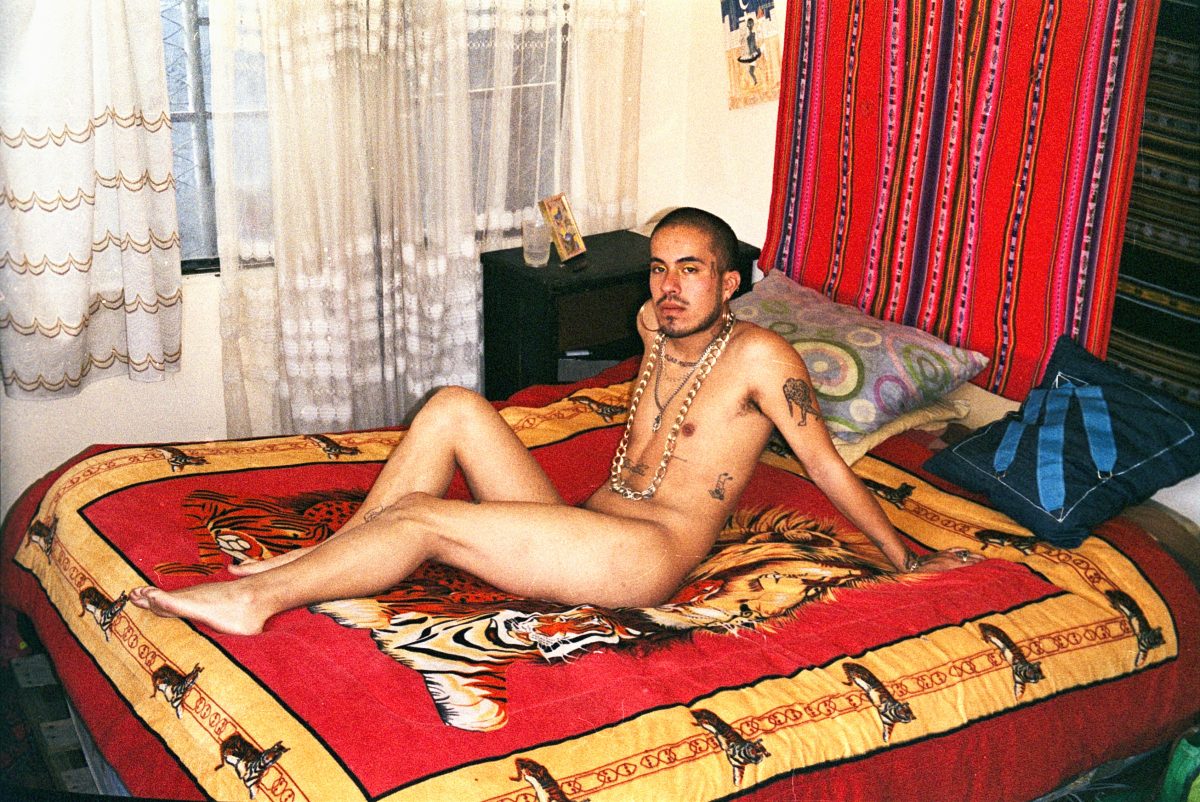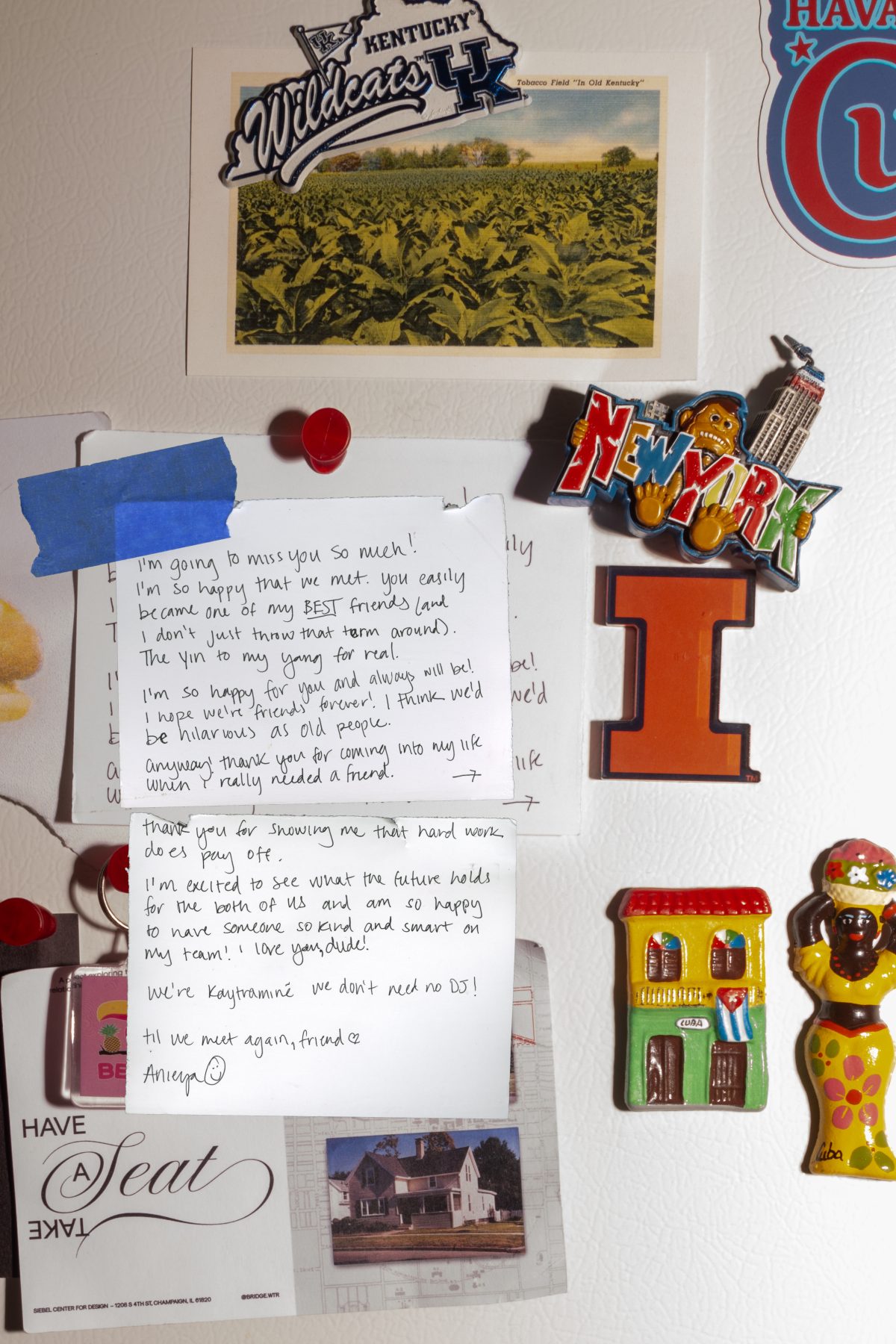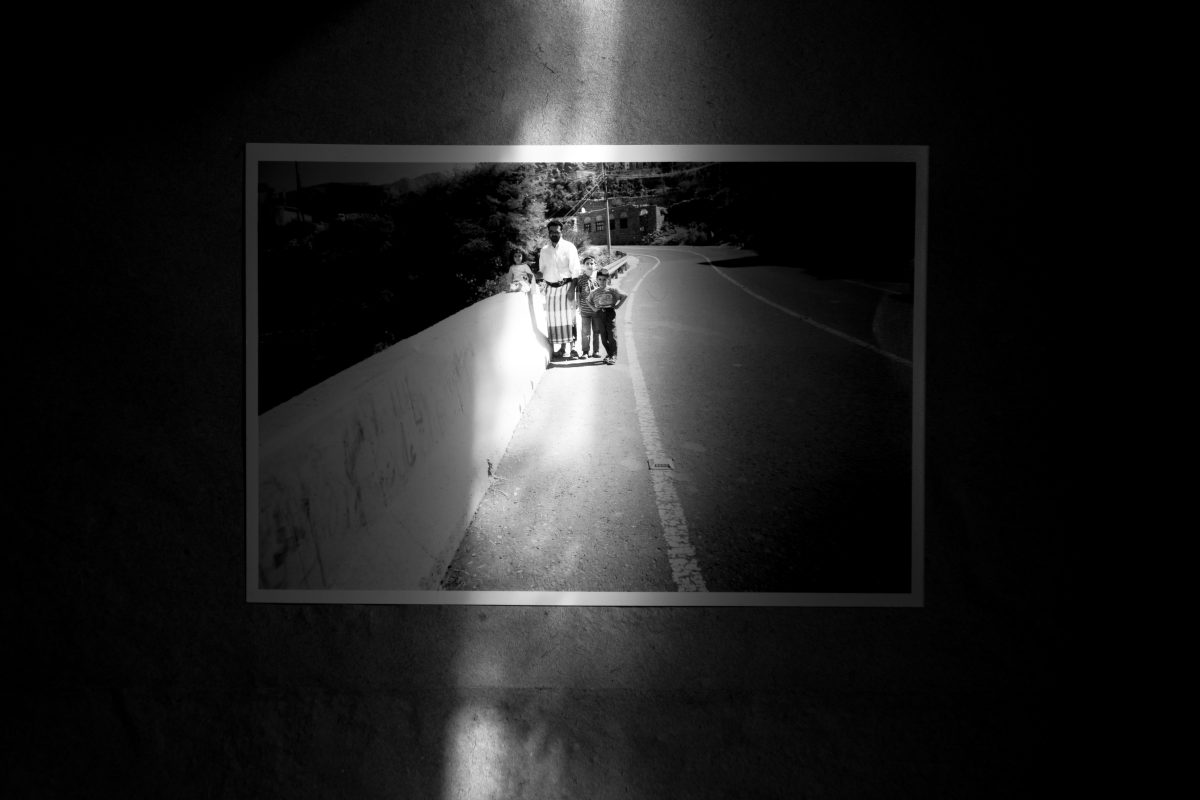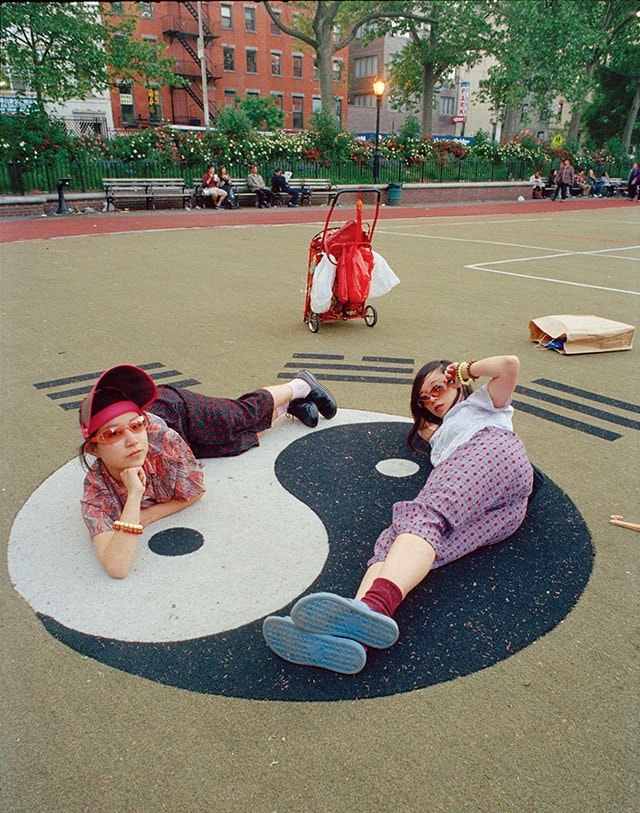From issue: #27 Emerging Talent
08 August 2025
To live is to inherit. Not necessarily in the material sense, but also culturally and systemically. We move through life guided by inherited compasses, calibrated by our experiences of family and society. In different ways, this year’s selection of emerging artists explores ideas of legacy. These works reflect on how the self inhabits, performs, or resists inherited structures of power: within patriarchy, colonialism, capitalism, family, society, and media systems. Focusing on agency rather than inevitability, the act of image-making is used to reconstruct meaning, suggesting that, perhaps, legacy is not a verdict, but a narrative we’re allowed to reinterpret.
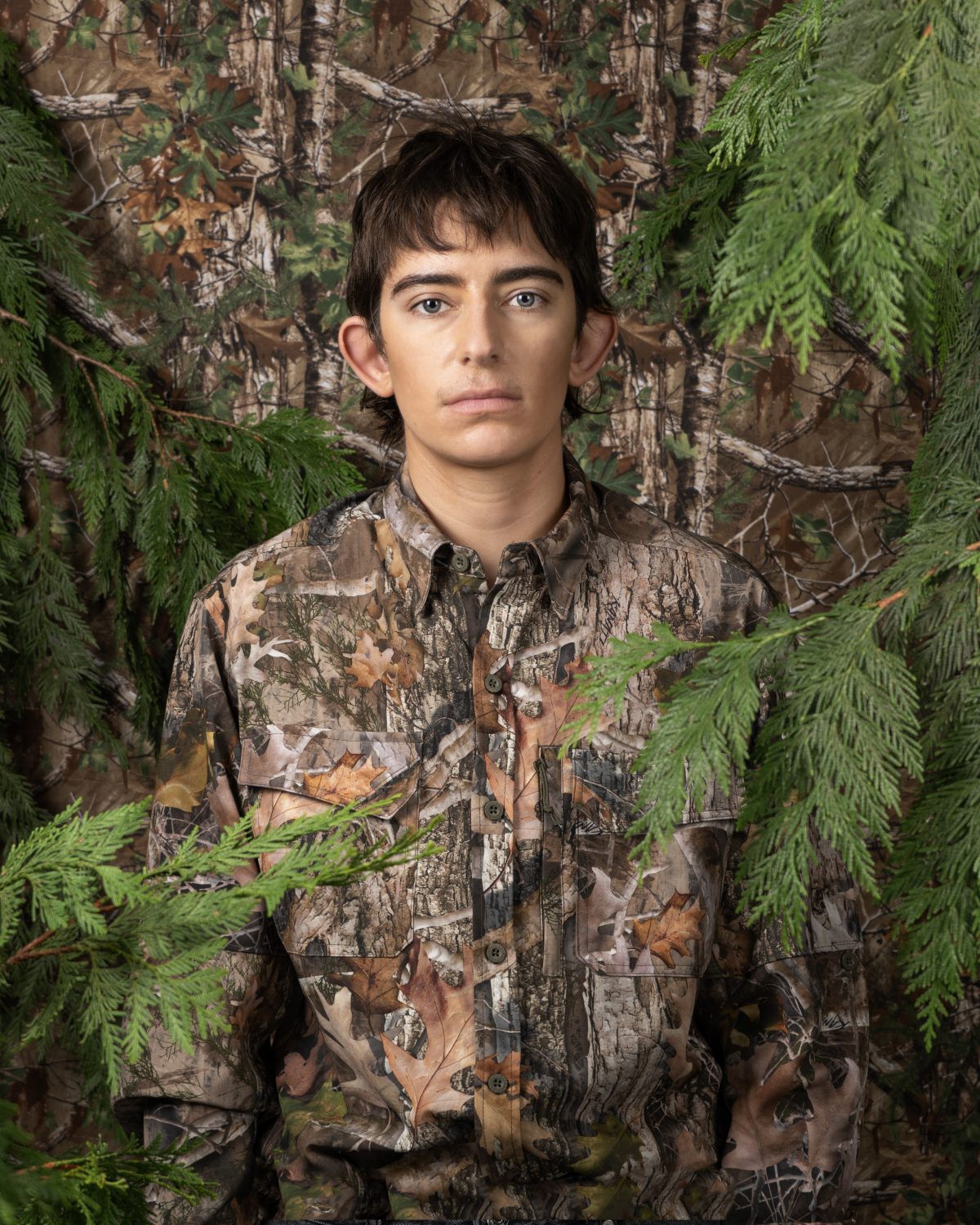
In Camouflaged, Briar Marsh Pine dissects the Midwestern man’s stereotype to examine where Trans identities fit within the dominant patriarchal ideologies they grew up with. The archetype of the camouflage-wearing, hunting-enthusiast American man becomes the backdrop for Pine’s visual exploration. Using portraiture and still life photography, the artist restages the father-son rites of passage that they were excluded from. Through this act of delayed participation, Pine reclaims agency over inherited constructs, ultimately imagining alternative masculinities.
If Pine is concerned with what gets passed down, Sadiq Al-Harasi wonders: What Do Fathers Leave Behind? The title of the project is a question that encapsulates not only the artist’s sense of longing towards his late father, but also his deeper yearning to feel the experience of sonhood. By travelling to his father’s village and working with old family photographs, Al-Harasi searches for traces of the man he never truly knew. In doing so, he weaves connections between himself, his mother, and his renewed understanding of his father. The photograph becomes a site for projection, a thread between loss and memory, capturing a past that no longer exists, yet continues to influence the present.
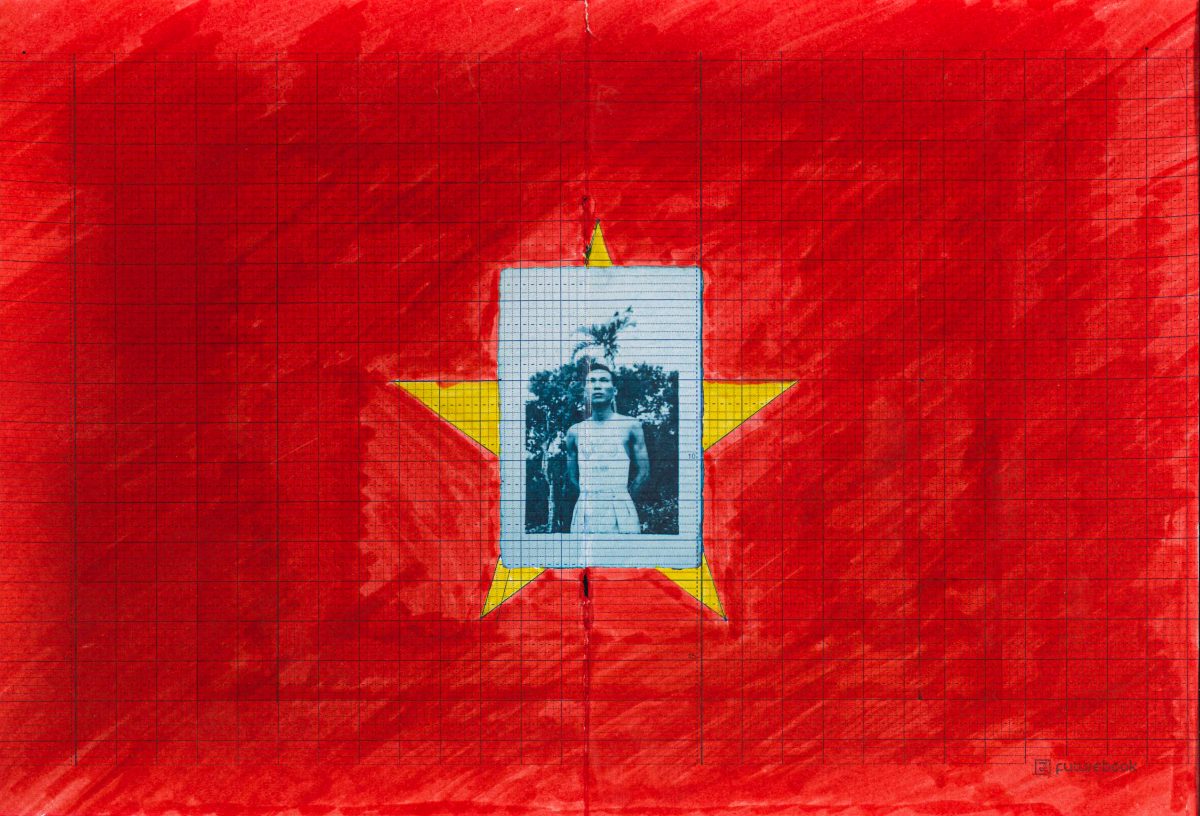
Lê Nguyên Phương similarly uses the medium to reconstruct memory. In Vở ô ly, the artist travels with his father to learn about his experience of war, long obfuscated by state denial and familial silence. Once a professional volleyball player for the Vietnamese military, he later fought in an unacknowledged battle and was never recognised as a veteran. The series unfolds across the pages of a Vietnamese student exercise book, the Vở ô ly, juxtaposing scholastic visual language with new and archival photography. On one side, the recurring grid evokes the innocence of childhood learning; on the other, it references the American military coordination systems. Through the work, the artist reflects on the impact of war trauma on family history and collective memory.
Anieya Cauthen threads a deeply introspective line between memory and material, using an interdisciplinary approach to echo the mind’s constant reframing of traumatic events. Replicating the same work through different practices, the artist examines the relationship between meaning and medium. Scans, collages, handwritten notes, low-resolution and digitally manipulated images: the material layering of the work speaks to unresolved feelings of grief and emotional turmoil. The project channels the artist’s struggle to let go of the past. In i got a lot to be mad about, Cauthen asks: “Is being loved by all a sustainable way to go about existing and moving throughout the world?”
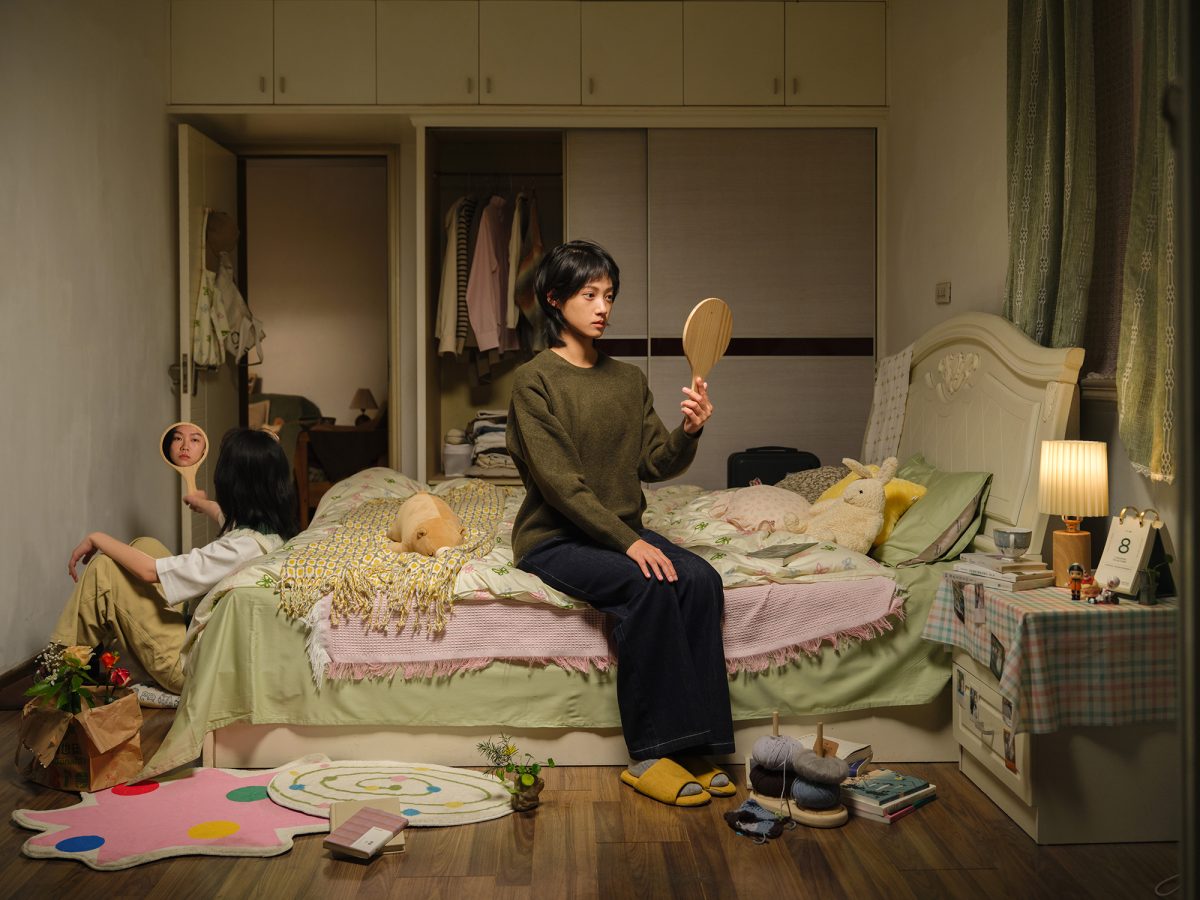
In En Route, Shaohan Fang is driven by a similar search for purpose, but tied to the idea of home and belonging. Through meticulously staged photography and heavy use of symbolism, she explores the gap between her life and the expectations it fails to meet. The alternating use of cool and warm tones highlights the clash between the everyday and the idealised. A piece of luggage lingers in most of the images, amplifying a sense of rootlessness. Are our expectations self-fostered, or inherited from a past that no longer fits our present? Are we failing, or has the dream itself become unattainable? The project invites the viewer to question what it means to belong, and whether, ultimately, belonging is possible at all.
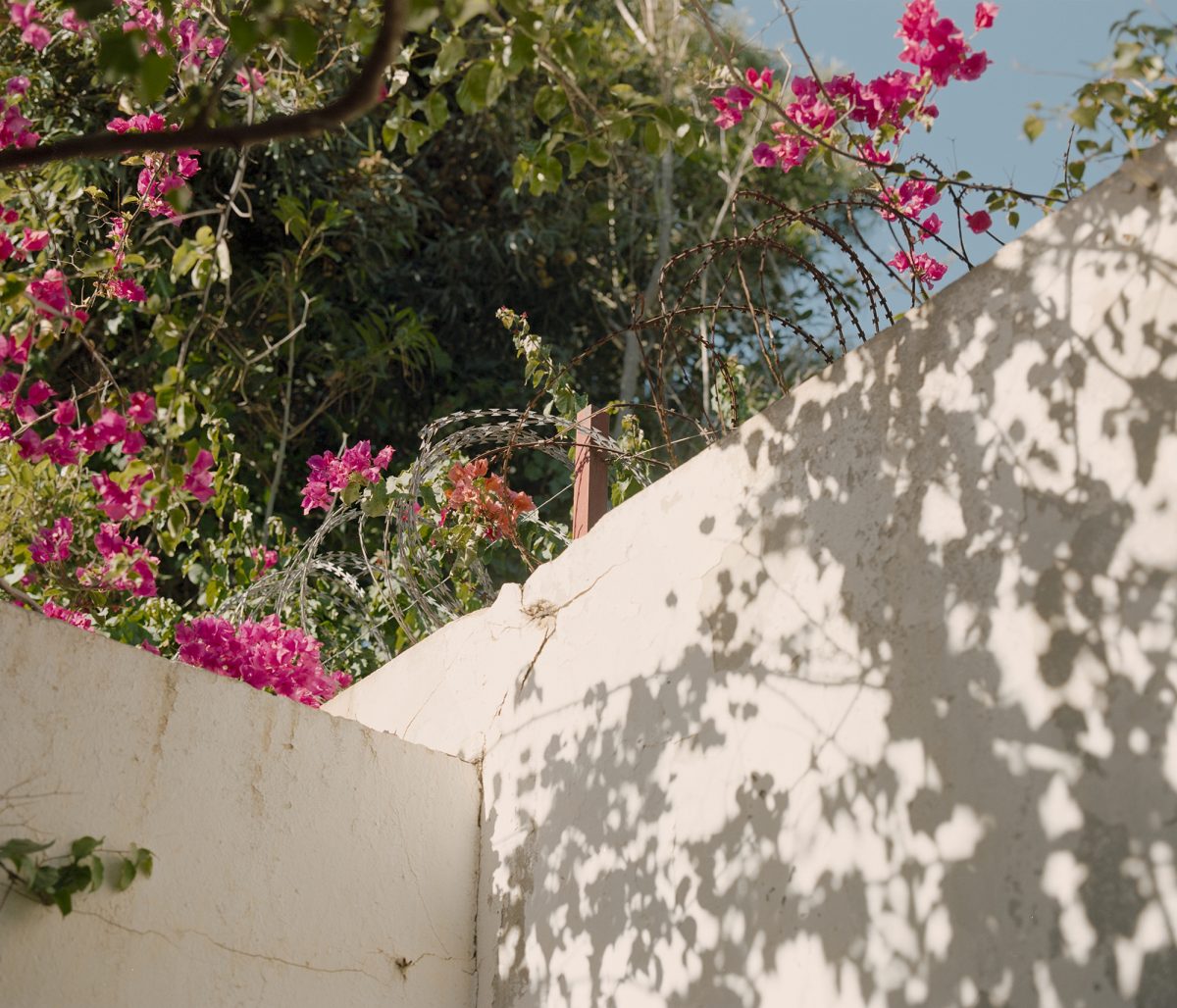
After uprooting his life to take over the family business in Tunisia, Nour still doesn’t feel fully settled; like Fang, he too wrestles with questions of identity and belonging. Bas Van Den Elzen has been photographing him for the past four years. When they first met in student housing, Van Den Elzen recalls Nour as someone overwhelmed by anxiety. Today, he manages 250 employees at the hotel he inherited. Although a busy place, the images only ever show him and his dog, Goofy. In the series Hotel Salammbô, the uncanny emptiness of the spaces stretches beyond the physical, into a psychological mirror. A tender portrait of fragility and solitude, resilience and adaptation.
In ELTIGREMEPERSIGUE, Alcira Angelo explores resilience too, although through multiple subjects. Using the term as a metaphor for human hardship, Angelo invites the participants to share about their own “tigers”. The project navigates grief and self-discovery through intimate portraiture, in which the symbolic weight of the tiger is just as important as its visual counterpart.
Whether on wall decorations, stuffed animals, bedding, or clothing, the animal print becomes the leitmotif in this evocative portrait of community.
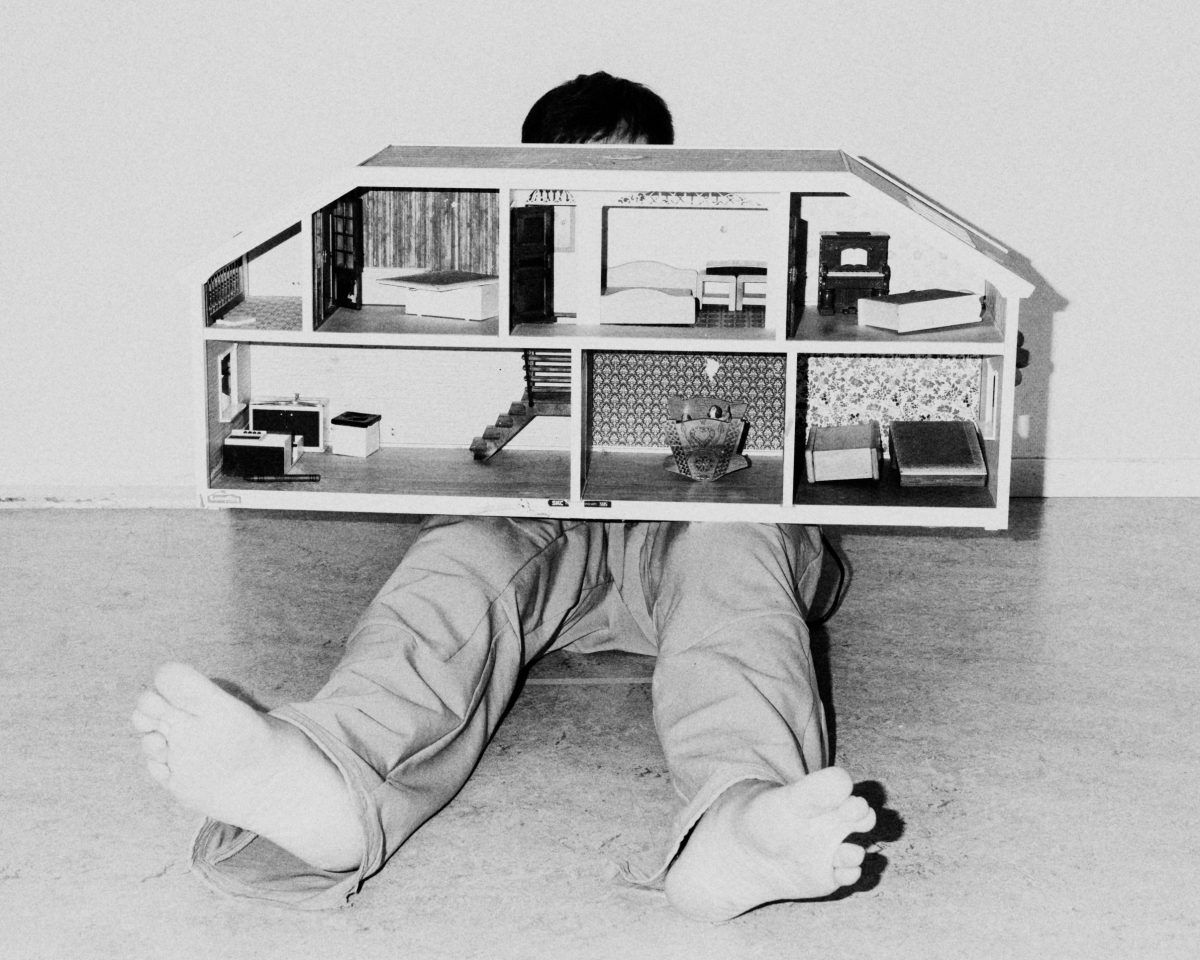
While Angelo photographs people in their homes, Leonardo Taddei invites them into his own. Lekhallen takes place in the communal playroom of his building. Drawn to the room’s unassuming potential, Taddei turns it into a temporary studio, inviting other residents and peers to engage with the space. The work comes to life in the realm of the imaginary: the room becomes a stage, the toys turn into props, and at times, the photographer-subject roles are reversed. In this playful experiment merging photography, performance, and social documentary, the moment isn’t captured by the camera – it exists because of it.
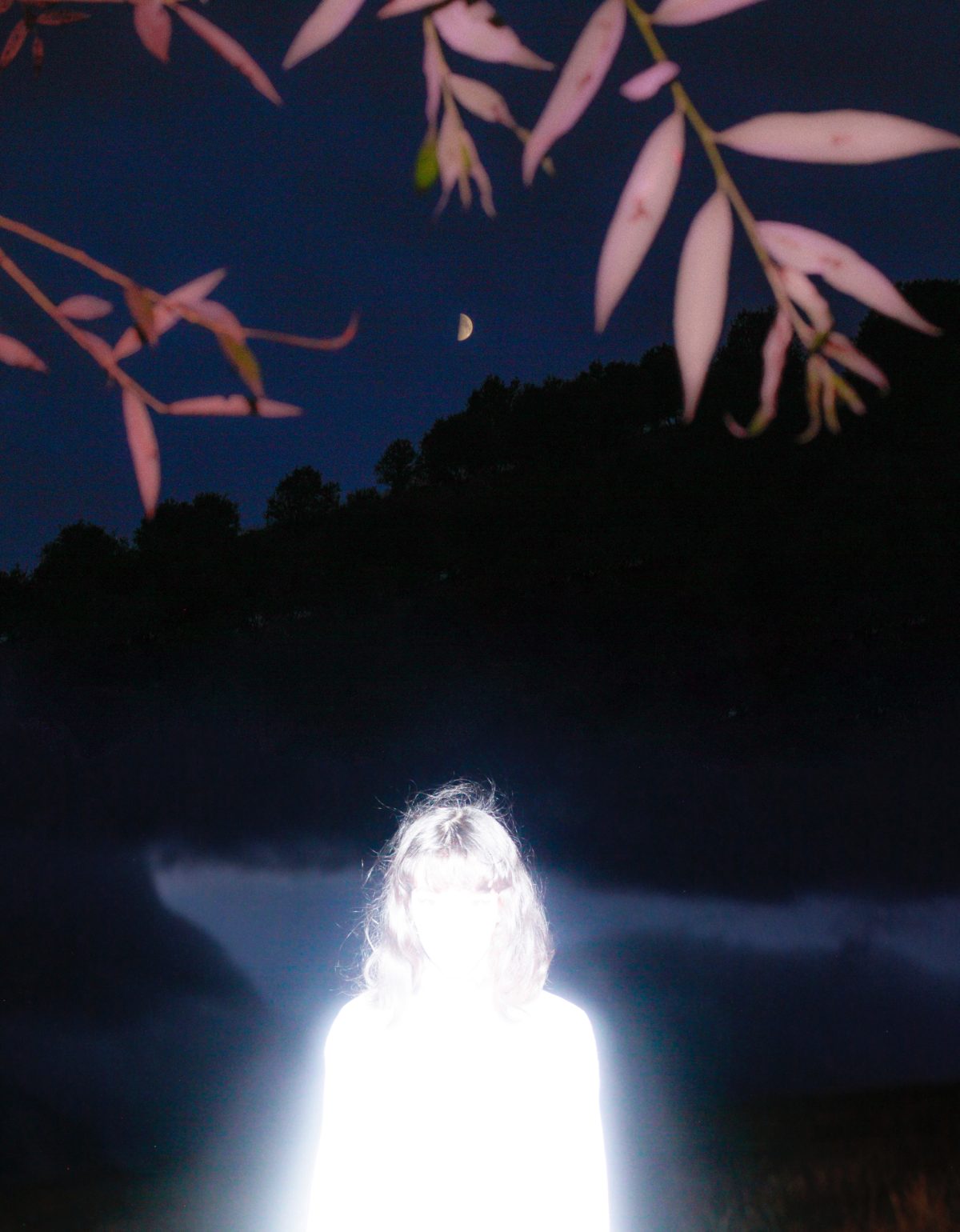
The concept of photography as a catalyst for meaning is also present in Zahra Babaei’s work. Using fabric, projection, and collage, the artist creates uncanny compositions that reinforce her skepticism towards the politics of representation, particularly within the context of women’s erasure from the public discourse in Iran, her home country. The photographed only exists while being captured, as the composition is destroyed straight afterwards. In My Two Bodies, the way the female figure resists representation suggests voluntary absence rather than erasure. Overexposed and eerily glistening, she rejects the camera, leaving ghostly traces instead.
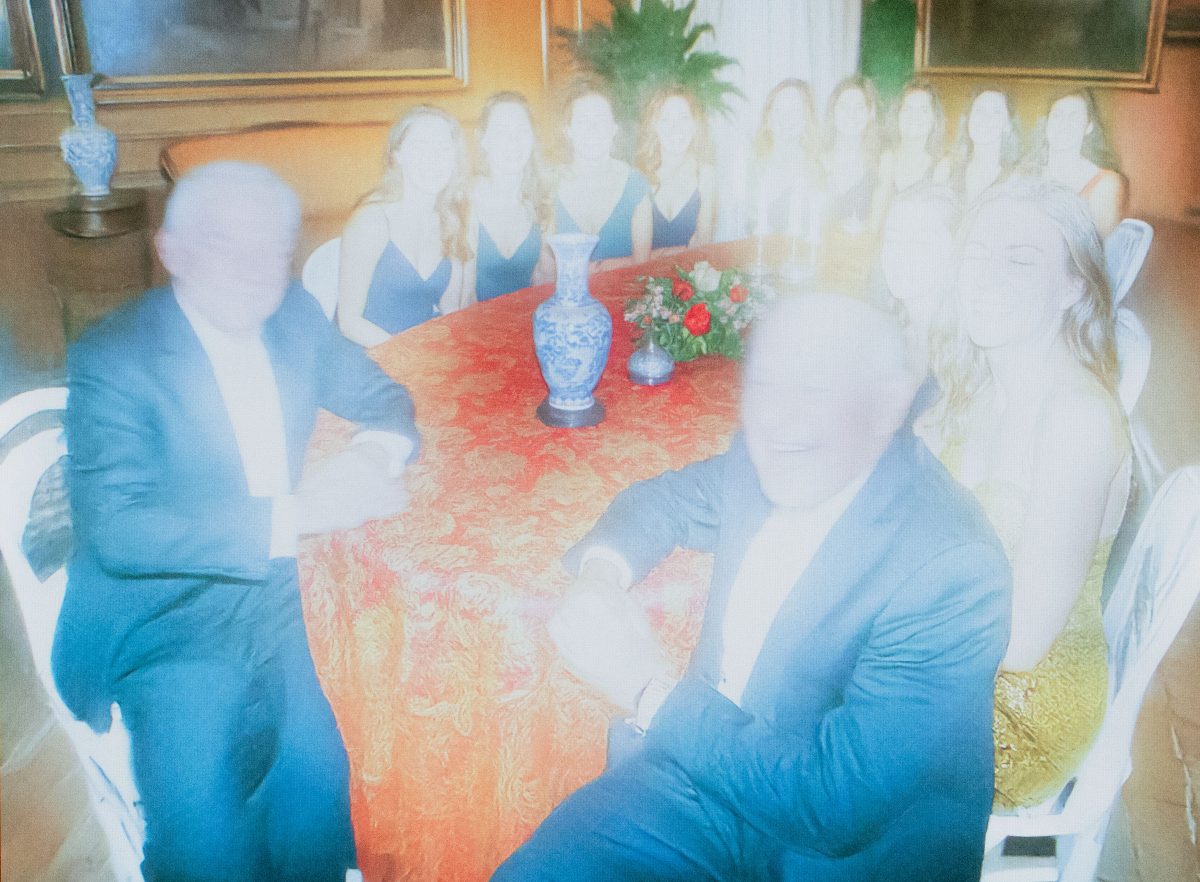
The spectral aesthetic mirrors Eva Rivas Bao’s use of AI to recreate fragments from the life of Imane Fadil. Italian-Moroccan model and aspiring sports journalist, she testified against Silvio Berlusconi in the trial involving underage prostitution at his private parties. The case became a public scandal, which at the time backfired on the very victims who had come forward. Generated from testimonies, smartphone archives, and new photography, An Italian Story summons Fadil’s perspective, both before and in the aftermath of speaking out. Out of focus and hazy, the quality of the images recalls the limitations of early smartphones, while mimicking the hallucinatory and fragmented way trauma is remembered – or silenced. The visual language denounces a broken system that keeps failing countless women.
In questioning ourselves, we make room for who we might become. In many ways, to make an image is to ask a question; an attempt to understand, undo, rewrite. Perhaps, that’s all the more urgent for an emerging artist. In these works, I can see it. Photography as an act of becoming – within oneself and in the world.
Carolina Semprucci (b.1999) is an Italian writer and designer based in London. She received a BA in Magazine Journalism and Publishing from the University of the Arts London in 2022. Her published writing, focusing on themes of surveillance and artificial intelligence, has appeared on Photography+, Der Greif, and has been published by Kult Books. In her design practice, Semprucci has collaborated with a range of clients including ArtULTRA, the Future Justice Project, and The Justice Gap.
Semprucci is the 2025 Photoworks’ Writer in Residence alongside, Hannah Geddes. Read more here.
